Ancient Indian Art Forms Explorer
Discover how ancient Indian art forms continue to thrive today. Click on any card below to learn more!
Sculpture
Stone and bronze carving traditions from Gupta-Pallava periods still active in Karnataka, Tamil Nadu, Odisha.
Stone, Bronze Gupta–Pallava (4th–9th c.)Temple Architecture
Dravidian and Nagara styles still guide new temple construction across South India and Himalayas.
Stone, Wood Early Medieval (6th–12th c.)Mural & Folk Painting
Madhubani, Tanjore, and Ajanta-style murals continue to inspire artists today.
Natural pigments Ancient to MedievalTextile Weaving
Banarasi silk, Khadi, and block-printed fabrics trace back to ancient Arthashastra techniques.
Cotton, Silk Indus-Vedic (2000–500 BC)Metalwork
Bronze casting and silver vessel crafting follow ancient Silpa Shastra guidelines.
Bronze, Silver, Bell metal Chola–Vijayanagara (9th–16th c.)Terracotta & Stone Carving
Traditional methods of shaping and firing clay and carving stone persist since Harappan times.
Clay, Sandstone Harappan (2500–1900 BC)Explore Further
Select an art form above to see detailed information about its current practice and location.
Click on any card to view details about how these ancient traditions remain alive today.
When you hear Ancient Indian Art mentioned, you might picture crumbling ruins or museum glass cases. The truth is many of those artistic traditions are still humming with life across villages, temples, and modern studios. If you’re curious about ancient Indian art, the following forms still thrive today, often woven into everyday rituals and local economies.
Living Sculptural Traditions
Indian Sculpture has roots in the Indus Valley, but its most recognizable language emerged during the Gupta and Pallava periods. Today, artisans in Karnataka, Odisha, and Tamil Nadu continue to carve stone and bronze using techniques passed down through generations.
- Stone carving in the village of Hampi still follows the same chisel angles documented in 7th‑century manuals.
- In the town of Thanjavur, the Bronze Casting of Nataraja statues uses the ancient lost‑wax method, producing pieces that balance divine iconography with local aesthetics.
- Terracotta figurines from West Bengal’s tea gardens echo styles seen at the ancient site of Chandraketugarh.
These works are not museum replicas; they are commissioned for new temples, festivals, and even private homes, keeping the sculptural vocabulary alive.
Living Temple Architecture and Iconography
Temple Architecture in India is a living textbook of ancient engineering. While the massive stone complexes of Khajuraho and Konark date back centuries, contemporary builders still follow the same vastu principles and shilpa shastra guidelines.
- New shrines in South India employ the Dravidian Gopuram style, complete with intricate stucco work.
- In the Himalayan foothills, wooden temples echo the Nagara style, using joinery techniques described in the 11th‑century text “Manasara”.
- Modern urban temples often blend traditional stone bases with glass façades, yet retain symbolic layouts like the Garbhagriha (sanctum).
Because these structures are active worship sites, the original iconography continues to be painted, repaired, and re‑interpreted by local guilds.
Enduring Painting Styles
From grand murals to delicate miniatures, painting traditions survive in both elite and folk contexts.
- Mural Painting adorns the walls of the Ajanta-like caves in Gujarat, where community artists refresh the scenes every few decades.
- Madhubani Painting, a folk art from Bihar, still decorates home interiors and is taught in schools as a cultural subject.
- Tanjore Painting thrives in Tamil Nadu, with workshops producing gold‑leafed panels for both devotional and decorative markets.
- The Mughal miniature tradition lives on in the workshops of Jaipur, where apprentices copy historic palettes while experimenting with modern themes.
Each style retains signature techniques-such as the border motifs in Madhubani or the gold foiling in Tanjore-that trace directly back to ancient manuals.
Textile and Weaving Heritage
Indian Textile Weaving is perhaps the most visible legacy of ancient art. The cotton and silk fabrics described in the Arthashastra still spin on looms in villages from Varanasi to Kanchipuram.
- The Banarasi silk sari, with its intricate brocade, follows weaving patterns documented in 14th‑century court records.
- Khadi, popularized by Mahatma Gandhi, revives the hand‑spun and hand‑loomed practices of the Indus Valley.
- Block‑printed fabrics of Rajasthan use wooden stamps whose shapes match those found in ancient frescoes.
These textiles are not just souvenirs; they are woven into daily wear, wedding ceremonies, and regional identity.
Metalwork and Bronze Casting Continuity
Beyond the famous Nataraja, metal artisans in the Deccan and Bengal continue traditional techniques.
- Bell metal (kansa) craft in Kerala produces ritual bells using the same alloy ratios (copper‑tin‑lead) recorded in the 9th‑century text “Silpa Shastra”.
- Silver temple vessels from Mysore are hand‑hammered following designs traced to Chola period inscriptions.
Because many of these items are used in religious rites, the knowledge chain is rarely broken.
Terracotta and Stone Carving Practices
Terracotta pottery, once a staple of the Harappan civilization, remains a cottage industry in Andhra Pradesh and Gujarat.
- Artisans fire their wares in open pits, a method identical to the 2500‑BC kilns uncovered at Lothal.
- Stone carvers in the Himalayan border villages produce prayer stones (manas) using chisels that mirror those depicted in ancient reliefs.
These crafts are often sold at local fairs, where buyers can watch the entire creation process.
Quick Reference Table
| Art Form | Primary Medium | Historical Period | Living Centers | Typical Use |
|---|---|---|---|---|
| Sculpture | Stone, Bronze | Gupta-Pallava (4th‑9thc.) | Karnataka, TamilNadu, Odisha | Temple icons, public monuments |
| Temple Architecture | Stone, Wood | Early Medieval (6th‑12thc.) | South India, Himalayas | Worship spaces, heritage tourism |
| Mural & Folk Painting | Natural pigments | Ancient to Medieval | Gujarat, Bihar, TamilNadu, Rajasthan | Decoration, storytelling |
| Textile Weaving | Cotton, Silk | Indus‑Vedic (2000‑500BC) | Varanasi, Kanchipuram, Rajasthan | Clothing, ceremonial garb |
| Metalwork | Bronze, Silver, Bell metal | Chola, Vijayanagara (9th‑16thc.) | Kerala, Mysore, Jaipur | Ritual objects, decorative art |
| Terracotta & Stone Carving | Clay, Sandstone | Harappan (2500‑1900BC) | AndhraPradesh, Gujarat, Himalayas | Daily ware, prayer stones |
How to Experience These Art Forms Today
Seeing living ancient art doesn’t require a PhD. A few practical tips help you connect the past with the present.
- Visit active temples such as the Shore Temple in Mahabalipuram or the Sun Temple in Konark; you’ll see new carvings being added alongside centuries‑old reliefs.
- Attend regional fairs like the Kumbh Mela or Rajasthan’s Desert Festival, where folk painters and textile weavers showcase their work live.
- Explore museum galleries that partner with living artists-e.g., the National Museum, New Delhi’s “Living Traditions” wing features contemporary bronze castings beside ancient pieces.
- Take short workshops in towns like Varanasi (silk weaving) or Bhubaneswar (stone carving) to understand the hands‑on process yourself.
- Support NGOs that fund conservation training for traditional craftsmen; many offer volunteer programs that let you work side‑by‑side with masters.
These experiences reinforce that ancient Indian art is not a relic but a dynamic cultural thread woven through everyday life.
Frequently Asked Questions
Which ancient Indian sculpture styles are still practiced?
Stone carving in the Dravidian tradition and the lost‑wax bronze casting of Nataraja are actively performed in Karnataka, TamilNadu, and Odisha. Artisans follow techniques described in ancient shilpa texts, creating new idols for temples and private patrons.
Can I buy authentic ancient‑style textiles directly from craftsmen?
Yes. Visiting weaving hubs like Varanasi for Banarasi silk or Kanchipuram for silk sarees lets you purchase fabrics woven on hand looms using patterns that trace back to the Arthashastra. Many workshops also offer custom orders.
What are the main differences between Madhubani and Tanjore paintings?
Madhubani is a folk style from Bihar that uses natural dyes, intricate border motifs, and is often done on walls or handmade paper. Tanjore painting originates in TamilNadu, features gold leaf, vivid colors, and a raised paste for ornaments, usually on wooden boards for devotional purposes.
How are ancient metal‑working techniques preserved today?
Craftsmen in Kerala and Mysore apprentice under master smiths who teach the exact alloy ratios and casting processes from centuries‑old manuals. They create ritual bells, temple vessels, and decorative bronzes, often under the patronage of temples and heritage NGOs.
Is terracotta pottery really the same as that made in the Harappan era?
The basic method-shaping clay by hand, drying, and firing in open pits-remains unchanged. While designs have evolved, the core technology matches the kilns excavated at Lothal, making today’s terracotta a direct descendant of Harappan pottery.
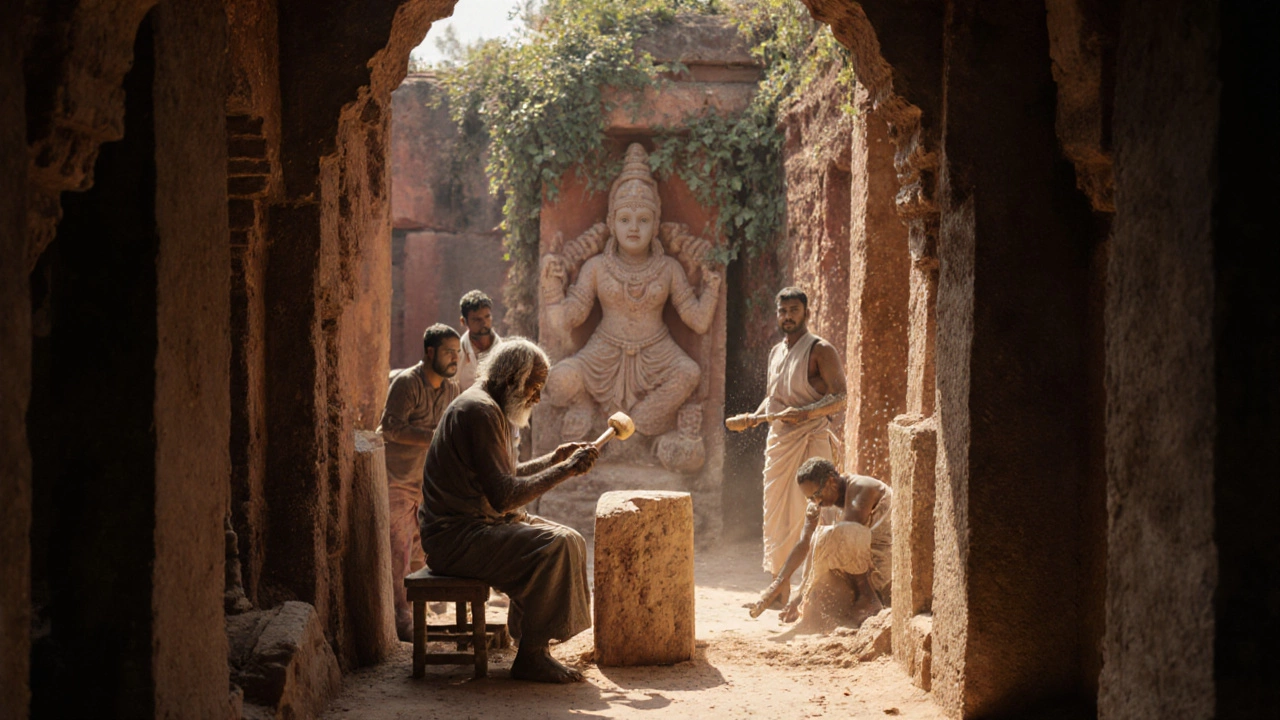
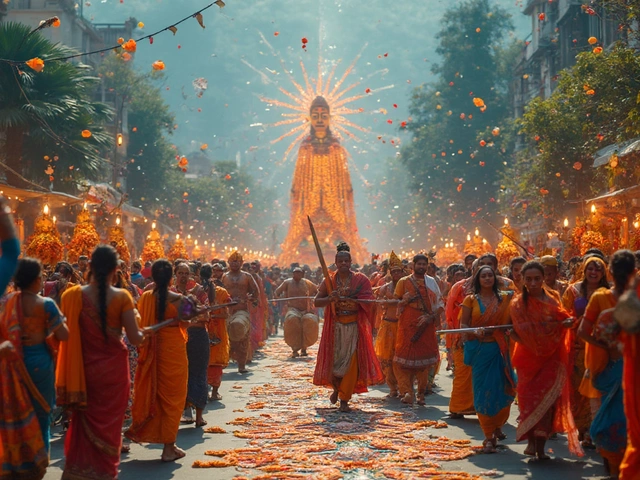
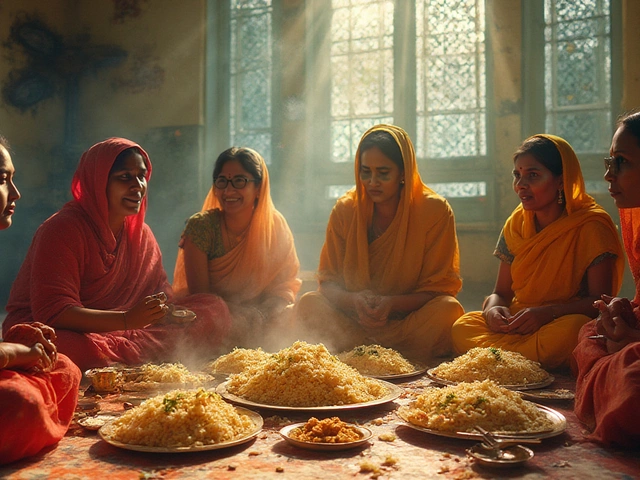
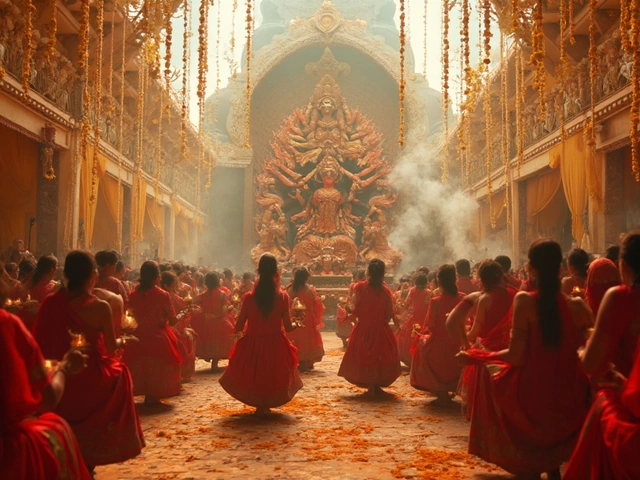
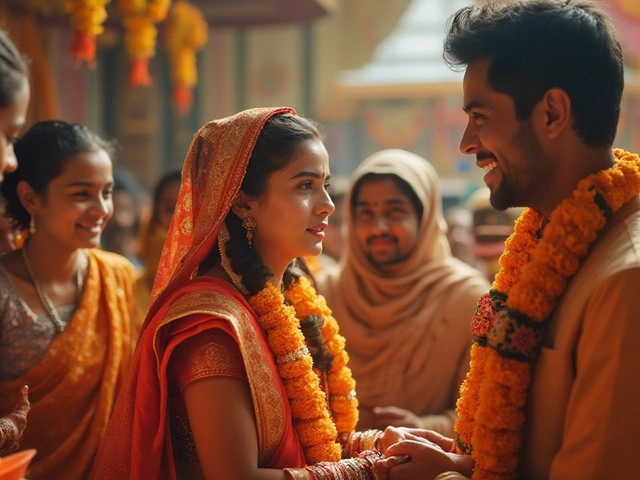
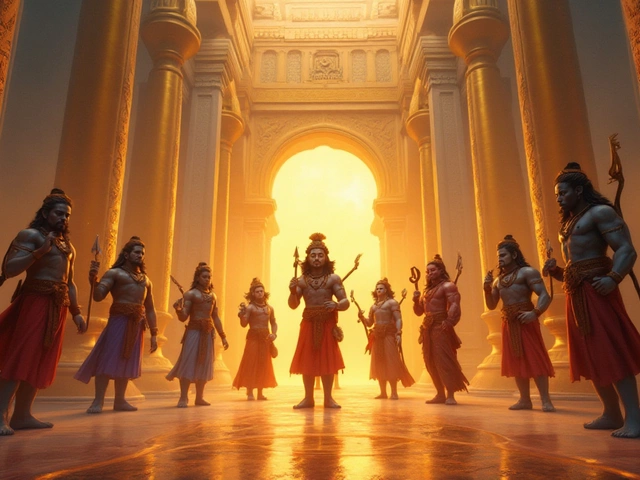
Write a comment